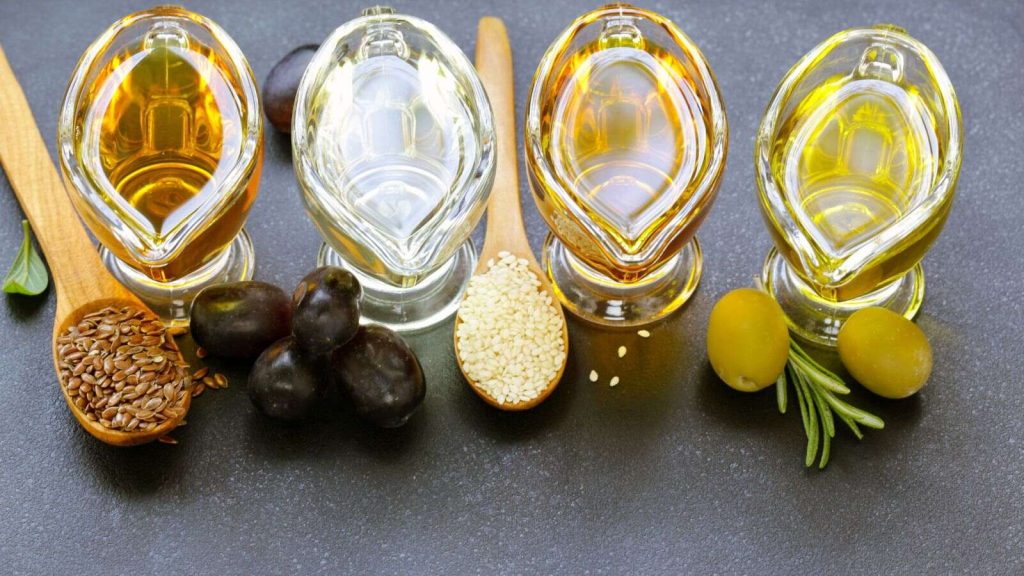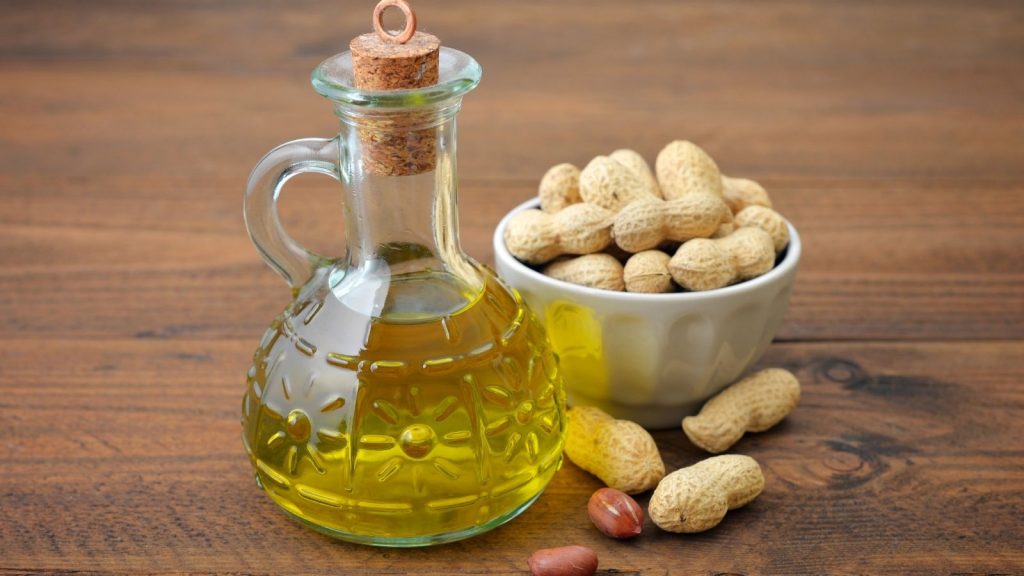I was a young girl who loved to cook. I loved the smell of different spices and oils in the kitchen. One day, my mother gave her a guide to flavoring with oils. I was excited to try out some of the recipes in the guide. It is easy to understand that can you mix cooking oils.
I started with a simple recipe for roasted carrots. I mixed olive oil and cinnamon oil and drizzled them over the carrots before roasting them in the oven. The result was a delicious dish that smelled amazing!
I continued to experiment with different combinations of oils. I soon became an expert at flavoring food with oil. I created dishes that were not only delicious but also beautiful to look at.
My family and friends were impressed by her cooking skills. They always looked forward to my meals. Thanks to my mother’s guide to flavoring with oil, cooking never tasted so good!
What are Cooking Oils?
Cooking oils are a staple in any kitchen. They are essential for baking, frying, and sautéing delicious foods. The variety of cooking oils available can make it tricky to decide which oil is best for the job.
Benefits of Different Oils

Avocado Oil
Avocado oil is high in monounsaturated fats. It has been shown to improve heart health and reduce inflammation. Additionally, avocado oil is a good source of vitamins E and K.
Coconut Oil
Coconut oil is rich in medium-chain triglycerides (MCTs), a type of saturated fat that has been shown to boost metabolism and promote weight loss. Additionally, coconut oil can help to improve heart health and reduce inflammation.
Fish Oil
Fish oil is a good source of omega-3 fatty acids, which are beneficial for heart health, brain function, and joint health. Additionally, fish oil has been shown to reduce inflammation and improve cognitive function.
Flaxseed Oil
Flaxseed oil is a good source of alpha-linolenic acid (ALA), an omega-3 fatty acid that has been shown to improve heart health, brain function, and joint health. Additionally, flaxseed oil can help to reduce inflammation and improve cognitive function.
Grape Seed Oil
Grape seed oil is high in antioxidants, which can help to protect the body against damage from free radicals. Additionally, grape seed oil can help to improve heart health and reduce inflammation.
Hemp Seed Oil
Hemp seed oil is a good source of omega-3 fatty acids, which are beneficial for heart health, brain function, and joint health. Additionally, hemp seed oil has been shown to reduce inflammation and improve cognitive function.
Olive Oil
Olive oil is rich in monounsaturated fats, which have been shown to improve heart health and reduce inflammation. Additionally, olive oil is a good source of antioxidants and can help to lower blood pressure levels.
Palm Oil
Palm oil is high in saturated fats, which can raise cholesterol levels if consumed excessively. However, palm oil also contains beneficial compounds such as carotenoids and vitamin E that can help to improve heart health and reduce inflammation.
Peanut Oil

Peanut oil is a good source of monounsaturated fats, which have been shown to improve heart health and reduce inflammation. Additionally, peanut oil is a good source of vitamins E and B6.
Can You Mix Cooking Oils? Pros & Cons
Pros
- Mixing oils can create a tailored experience depending on individual needs.
- Blending oils can help to increase their therapeutic benefits.
- Different oil combinations can produce formulas suited to specific skin types or conditions.
- Blending oils can provide additional nourishment and hydration that one oil alone may not be able to provide.
- Mixing oils offer a cost-effective way of using essential oils, as multiple scents can be combined in one product.
Cons
- If not done properly, blending oils may reduce the potency of certain active ingredients and diminish the efficacy of the end product.
- Certain essential oils are known to have adverse reactions when mixed with other essential oils, so it is important to research each oil before blending them.
- Mixing essential oils that require different dilution levels may only give desired results if you follow proper ratios.
Flavoring Ideas mixing Oils
- To add a savory flavor to your dish, try olive oil.
- For a fruity flavor, use avocado oil.
- To add a nutty flavor, use almond oil.
- If you want a spicy flavor, use chili oil.
- For a sweet flavor, use vanilla extract or almond extract.
- For a smoky flavor, use smoked paprika.
- To add a minty flavor, use peppermint or spearmint extract.
- For a citrusy flavor, use lemon juice or lime juice
Tips for Combining Oils
- When it comes to combining oils, less is more. You can use less oil to get the desired effect. A few drops of each oil should be enough.
- Mix the oils well before applying them to your skin. It will help to ensure that the oils are evenly distributed and that you get the full benefit of each oil.
- Don’t be afraid to experiment with different combinations of oils. There is no one perfect combination that works for everyone. Try out different combinations until you find one that works best for you.
- Keep in mind that some oils are more potent than others. Consider using less or diluting it with another oil if you use a particularly potent oil.
- Be sure to store your oils in a cool, dark place. It will help to keep them fresh and prevent them from going rancid.
- When using essential oils, always remember to use them sparingly. Essential oils are very concentrated and irritating if used too high of a concentration.
- If you have sensitive skin, be sure to test the oil on a small area of skin before using it over your entire body.
Conclusion: Finding the Right Mix

The best way to find the right cooking mix is by trying out different ones and seeing which you like the best. There are a lot of different mixes on the market, so it’s essential to find one that you enjoy.
Don’t be afraid to experiment with different flavors and ingredients until you find the perfect mix. Happy cooking!



